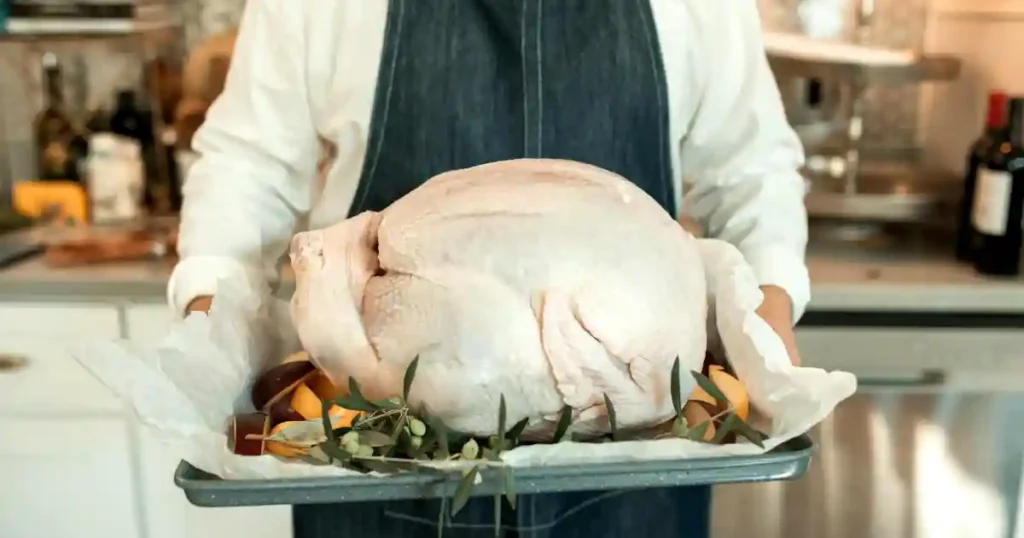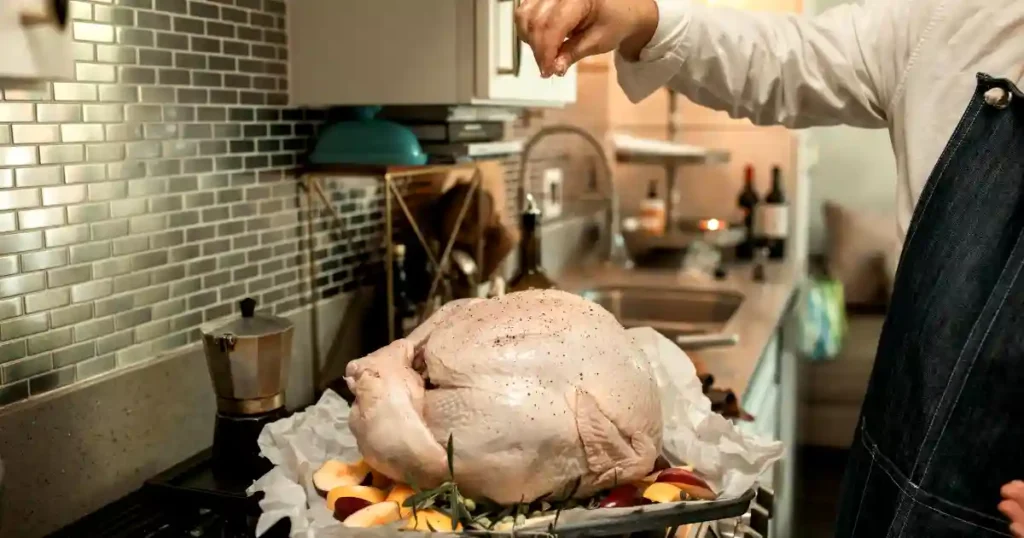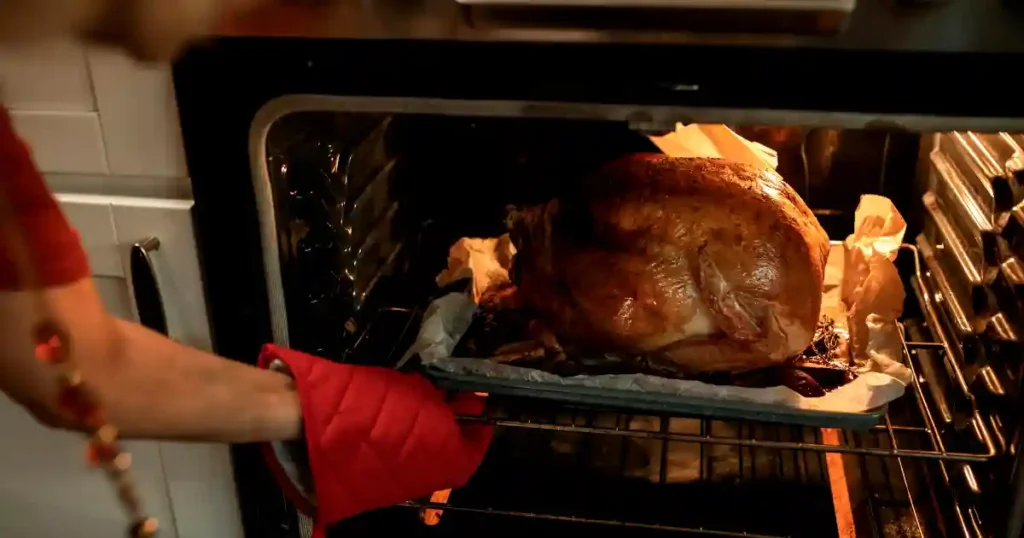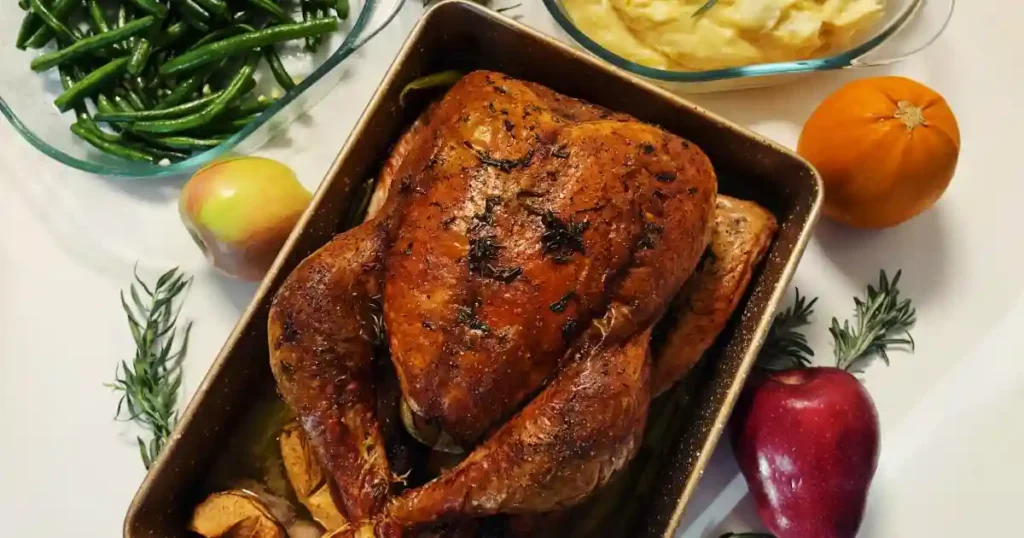If you’re feeling nervous about roasting your first Thanksgiving turkey, trust me—I’ve been there. Years ago, I was the person frantically Googling “how to cook a turkey” at midnight, terrified I’d serve up a dry, flavorless bird. But after a decade of trial, error, and a few kitchen mishaps, I’ve honed a method that’s simple, reliable, and delivers a turkey so juicy and golden, you’ll want to make it every year. Let’s walk through it together, step by step.
Planning and Preparation: The Foundation of a Great Turkey
Here’s the thing: most turkey disasters start before you even turn on the oven. Timing is everything. I learned (the hard way) that a frozen turkey needs about 24 hours in the fridge for every five pounds to thaw safely. So for a 15-pound bird, you’re looking at three full days. I always buy my turkey at least a week ahead—no more last-minute panic runs to the store.

How Much Turkey Do You Need?
A good rule: plan for 1 pound of turkey per guest. If you want leftovers (and who doesn’t?), bump it up to 1.5 pounds per person. It’s always better to have too much than not enough—leftover turkey sandwiches are a Thanksgiving tradition in my house.
Choosing the Right Size
This recipe works for any turkey between 10 and 20 pounds. Just adjust the herb butter and roasting time as needed. I’ve cooked everything from a petite 10-pounder for a small gathering to a 22-pound beast for a family reunion—same method, same delicious results.
Turkey Prep: Setting Yourself Up for Success
First, remove the giblets and neck from both cavities of the turkey. (Don’t skip this—one year I forgot and, well, let’s just say it wasn’t pretty.) You can save these for gravy or discard them. If there’s excess skin or the plastic leg holder, remove those too.
Must-Have Equipment
You don’t need fancy gear. Here’s what I use every year:
- A sharp carving or chef’s knife
- A reliable meat thermometer (probe, instant-read, or leave-in)
- A roasting pan (disposable, mid-range, or high-end—they all work!)
A roasting rack is nice, but not essential. I often use a bed of chopped veggies instead, which adds flavor to the drippings.
Prepping the Turkey: Flavor Starts Here

Once your turkey is thawed, let it sit at room temperature for about an hour. This helps it cook evenly. While it rests, slice an onion and a lemon into wedges. Generously salt and pepper the inside of the turkey, then stuff it with the onion and lemon. If some doesn’t fit, just toss the extras into the roasting pan.
Making the Herb Butter (My Secret Weapon)
Here’s what you’ll need:
- 3/4 cup unsalted butter, softened
- 1 tbsp finely chopped rosemary
- 1 tbsp finely chopped thyme
- 6–7 garlic cloves, minced
- Salt and pepper to taste
Mash everything together in a bowl. I’ve experimented with sage in the butter, but found it can overpower the other flavors—so I stick with rosemary and thyme for the outside, and sometimes tuck a few sage leaves inside the cavity.
Drying and Buttering the Turkey
Pat the turkey dry with paper towels—this is crucial for crispy, golden skin. Gently loosen the skin over the breast with your fingers (don’t rush this part; slow and steady wins the race). Rub about a third of the herb butter under the skin, right onto the breast meat. The rest goes all over the outside—legs, thighs, wings, everywhere.
Roasting: The No-Fuss Method
Preheat your oven to 325°F (163°C). Instead of a rack, I scatter chopped onion, carrots, and celery (the classic mirepoix) in the pan. Set the turkey on top—this lifts it up and infuses the drippings with flavor for gravy later.

Roasting Time and Temperature
Insert your thermometer into the thickest part of the breast or thigh. Roast for about 15 minutes per pound. For a 13-pound turkey, that’s just over 3 hours. But here’s the key: start checking the internal temperature when you’re about 75% through the estimated time. Pull the turkey when it hits 158–160°F (70°C). It’ll keep cooking as it rests, reaching the perfect 165°F (74°C).

> “The biggest mistake home cooks make is overcooking the turkey. Always let carryover heat finish the job,” says Chef Michael Symon, Food Network host (source).
Resting: Don’t Skip This Step
Let your turkey rest, uncovered, for at least 30 minutes. This is non-negotiable. The juices redistribute, making every slice moist and flavorful. I used to rush this step—don’t! It’s worth the wait.
Carving: Stress-Free, Step-by-Step

Carving used to intimidate me, but with a sharp knife and a little patience, it’s easy. Here’s my go-to order:
1. Remove the legs and thighs: Cut through the skin between the breast and leg, then pull the leg away and cut through the joint.
2. Take off the breasts: Slice down each side of the breastbone, then gently pull the meat away, slicing as needed.
3. Remove the wings: Pull them away from the body and cut through the joint.
4. Slice and arrange: Separate drumsticks from thighs, debone thighs if you like, and slice everything against the grain. Arrange on a platter with the most golden pieces front and center.
Garnish with lemon slices, fresh herbs, or even cranberries for a festive touch. There’s no right or wrong way—just make it look inviting.
Pro Tips and Troubleshooting
- Dry turkey? Next time, pull it from the oven earlier and let it rest longer.
- No roasting rack? Use veggies—they work just as well and make your gravy taste amazing.
- Worried about flavor? Don’t skimp on the herb butter or salt. Under-seasoning is where most people mess up.

Frequently Asked Questions
Can I brine my turkey?
Absolutely! A simple saltwater brine overnight can add even more moisture and flavor. But honestly, with this herb butter method, I rarely bother anymore.
What if my turkey is still a little frozen?
If you’re in a pinch, submerge the wrapped turkey in cold water, changing the water every 30 minutes. But plan ahead if you can—thawing in the fridge is safest.
How do I make gravy from the drippings?
After roasting, pour the pan drippings into a saucepan, skim off excess fat, and whisk in a bit of flour over medium heat. Add turkey or chicken stock as needed. Season to taste. (Check out my easy turkey gravy recipe!)
What I’ve Learned
Every Thanksgiving, I’m reminded that cooking a turkey isn’t about perfection—it’s about gathering, sharing, and a little bit of kitchen adventure. The first time I nailed this recipe, my family actually cheered. That’s what finally worked for me: keeping it simple, trusting the process, and not sweating the small stuff. You’ve got this. Happy Thanksgiving!
—
Related Reading
- Best Thanksgiving Side Dishes
- How to Make Turkey Gravy from Drippings
- Easy Holiday Desserts for Beginners
- Must-Have Kitchen Essentials for Home Cooks
- Holiday Cooking Tips for Stress-Free Entertaining